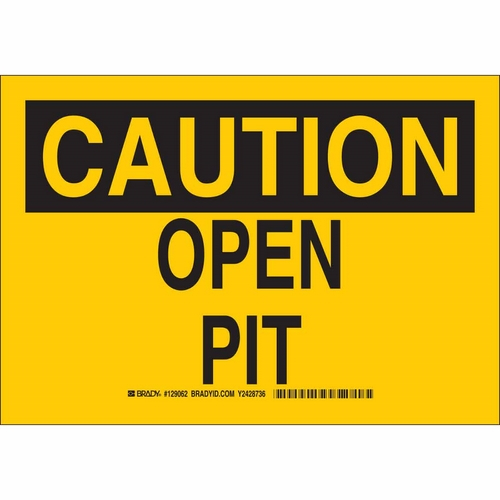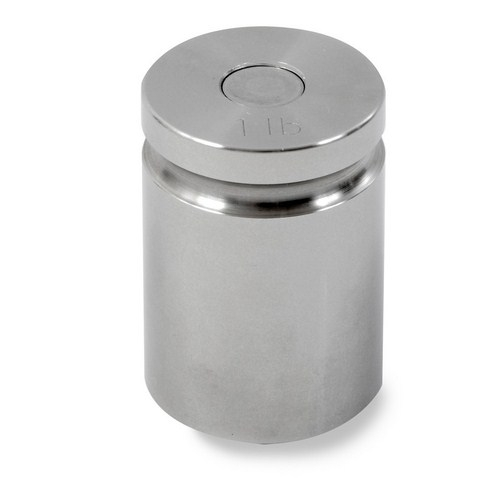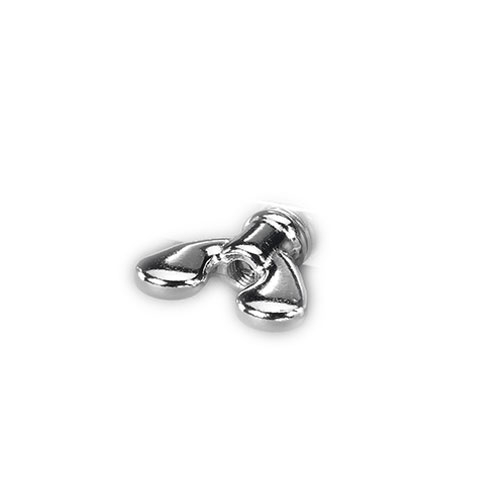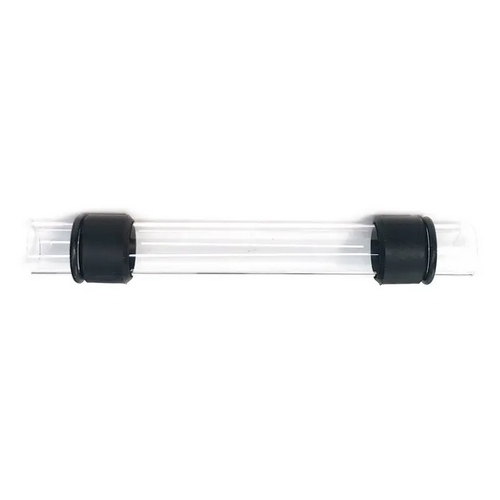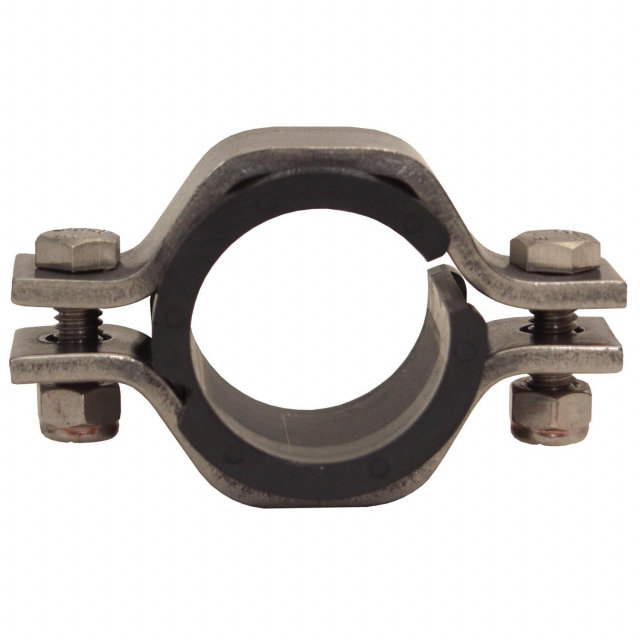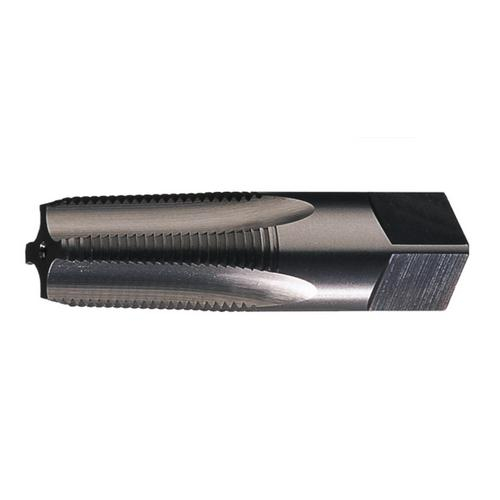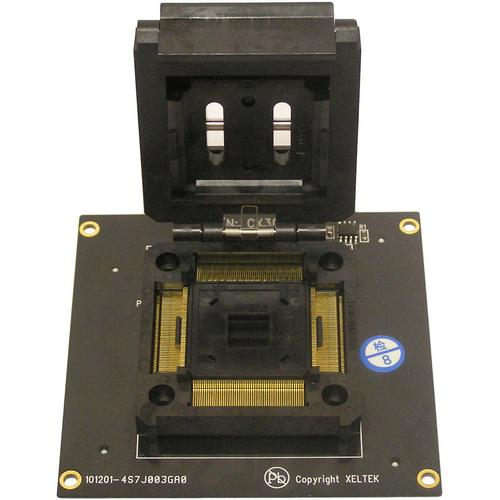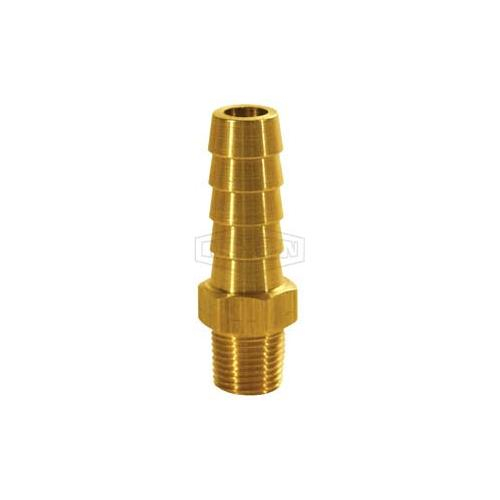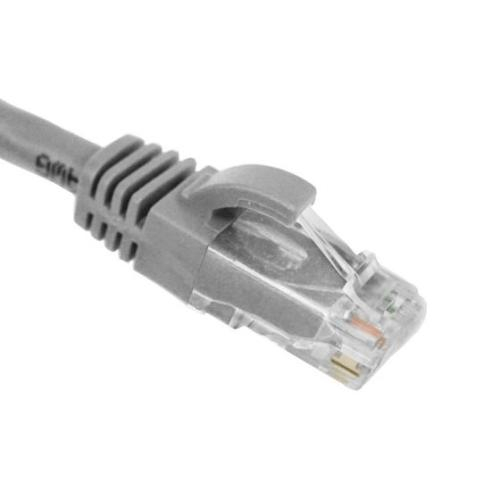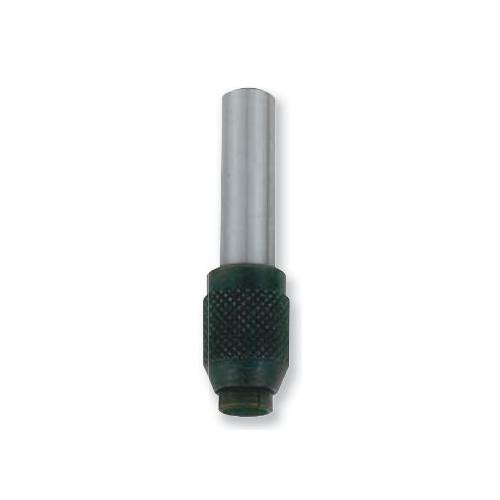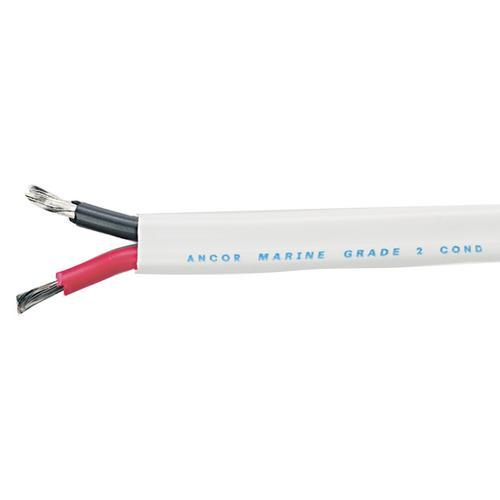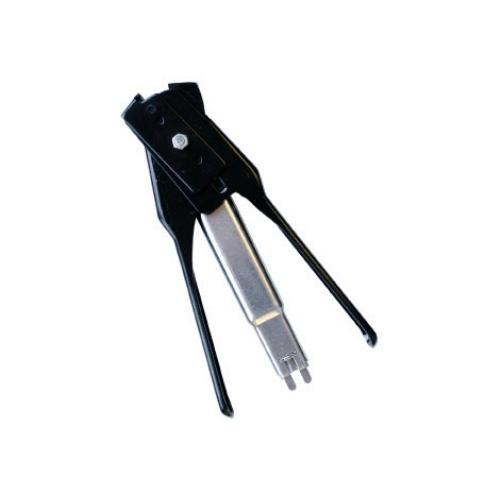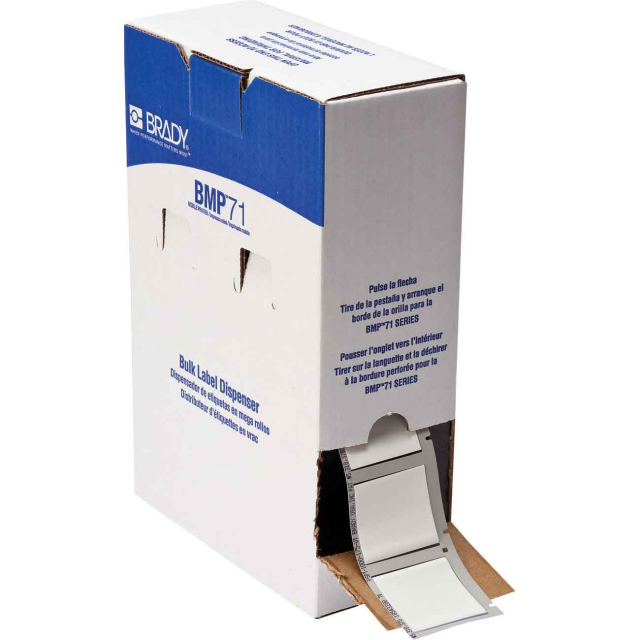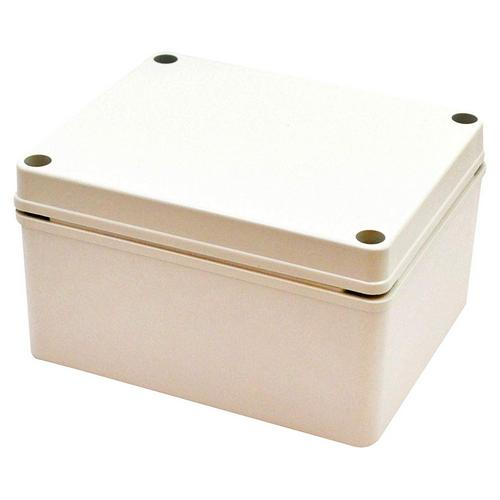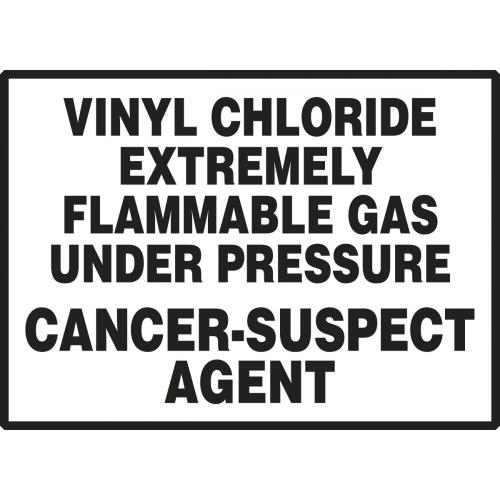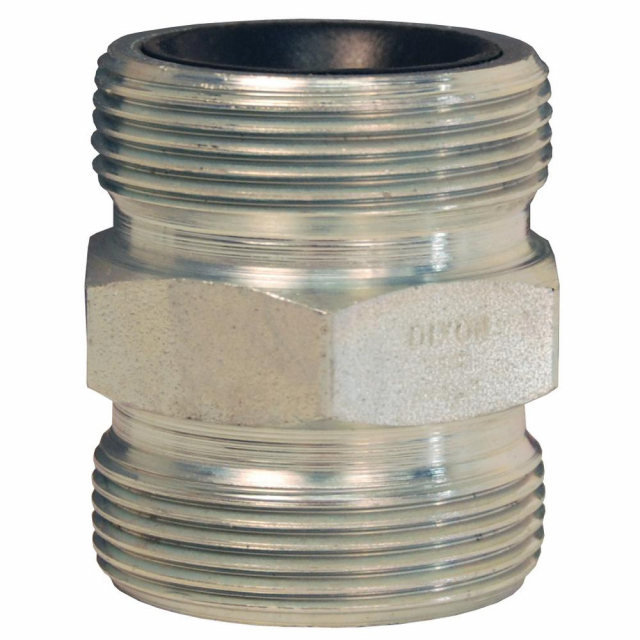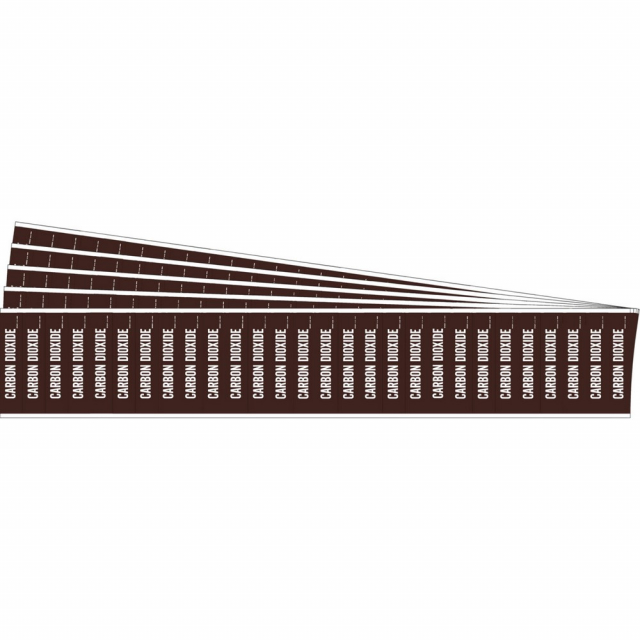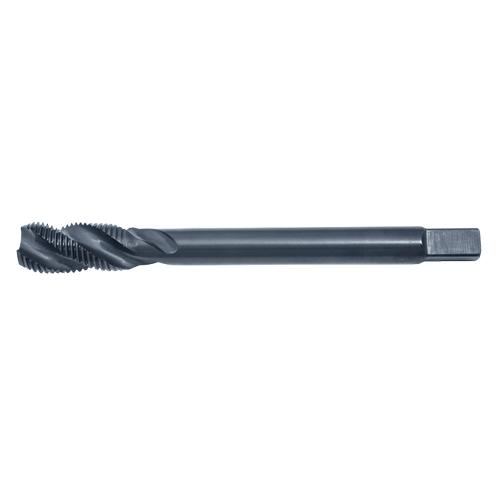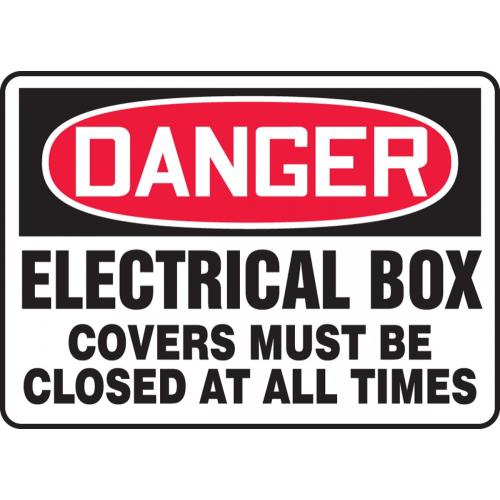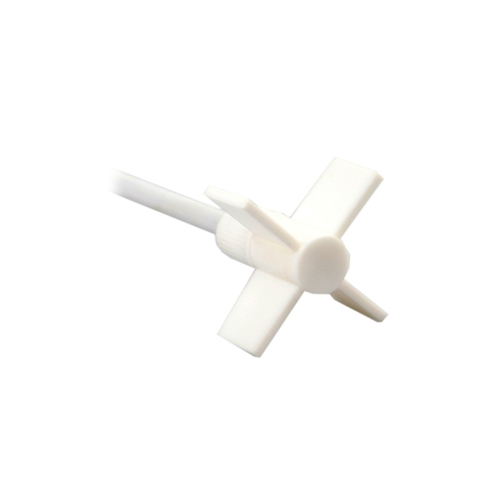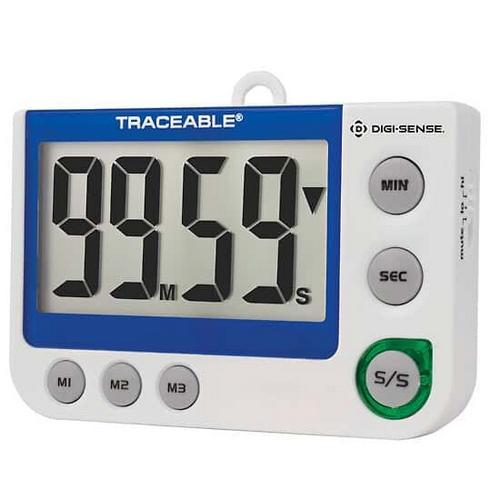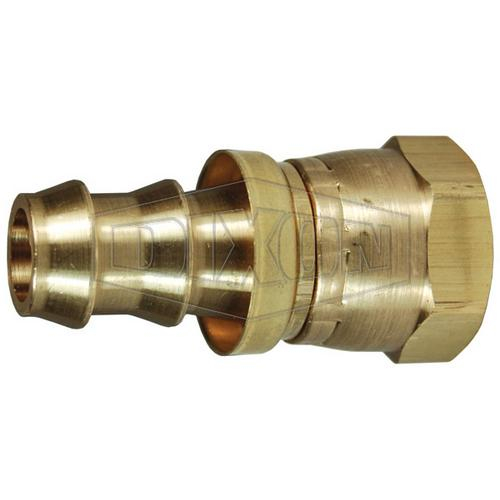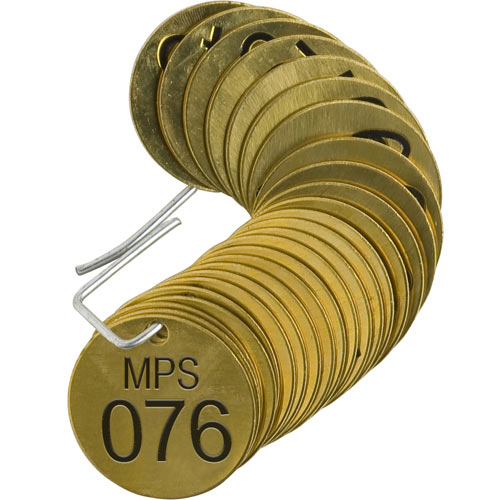Ergonomic Binocular Dermatology Microscope
Ergonomic Binocular Dermatology Microscope
Meiji Techno, MT4200ED, Ergonomic Binocular Dermatology Microscope, LED IlluminationFeatures:Compact Space Saving Footprint design with ergonomics in mindInfinity Corrected Optical System (ICOS) with all newly designed opticsComfortable Siedentopf-type Binocular and Trinocular Viewing headsOptional Ergonomic tilting binocular head- Adjustable vertically from 10° to 50°Ceramic Coated Stage with Ergonomically Placed Low Position Drop down ControlLow Positioned Ergonomic Coaxial Focus ControlSmooth Operating Ergonomic Quintuple NosepiecePlan Apo 1.25X objective is used with a specialized Abbe condenserBrightfield Observation modeSuper Bright LED Koehler illumination, lambertian designAbbe Condensers with swing out top lensBuilt-in iris diaphragmIntegrated Automatic Voltage Sensing Power Supply with localized power cordBrightfield. The simplest of all the optical microscopy illumination techniques. Sample illumination is transmitted (i.e., illuminated from below and observed from above) white light and contrast in the sample is caused by absorbance of some of the transmitted light in dense areas of the sample. Brightfield microscopy is the simplest of a range of techniques used for illumination of samples in light microscopes and its simplicity makes it a popular technique. The typical appearance of a brightfield microscopy image is a dark sample on a bright background.Dermatology. The demand for a reliable Dermatology Microscope has been growing in popularity, with new treatments for skin cancer are appearing and evolving rapidly in recent years. Mohs surgery, also known as chemosurgery, is the most commonly used in the study with dermatology. Mohs surgery has come to be accepted as the single most effective technique for removing Basal Cell Carcinomas (BCC) and Squamous Cell Carcinomas(SCCs), the two most common skin cancers. It accomplishes the nifty trick of sparing the greatest amount of healthy tissue while also most completely expunging cancer cells; cure rates for BCC and SCC are an unparalleled 98 percent or higher with Mohs, significantly better than the rates for standard excision or any other accepted method. The MT4000D Series are used to view thin slices of skin tissue, which have a common setup that utilizes lower magnification objective lenses 4x, 10x, 20x and 40. The lowest magnifications are typically used most frequently. When using a dermatology microscope the samples must be sliced thinly in order to allow the user to view it clearly.
Price Comparison
| Seller | Contact Seller | List Price | On Sale | Shipping | Best Promo | Final Price | Volume Discount | Financing | Availability | Seller's Page |
|---|---|---|---|---|---|---|---|---|---|---|
|
BEST PRICE 1 Product Purchase
|
$5,160.00 | $4,386.00 |
|
$4,386.00 | See Site | Visit Store |

 Copied
Copied 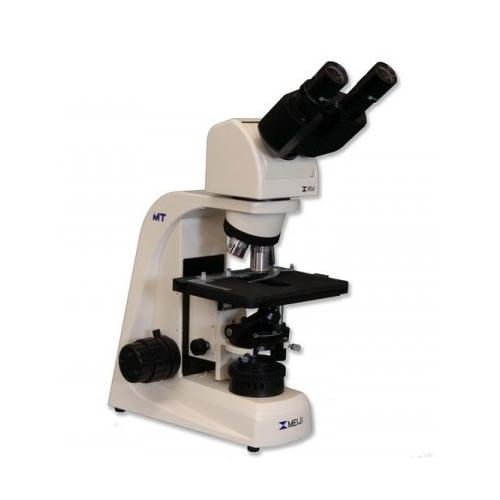



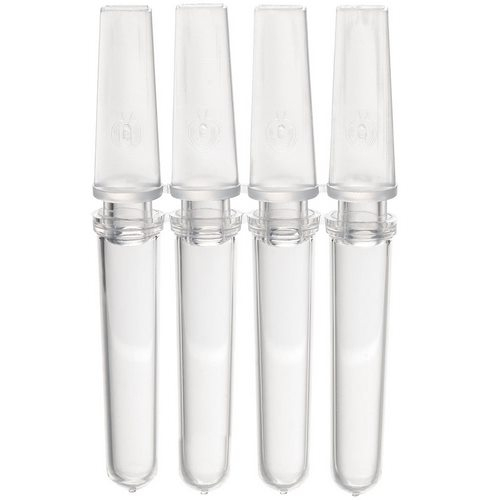

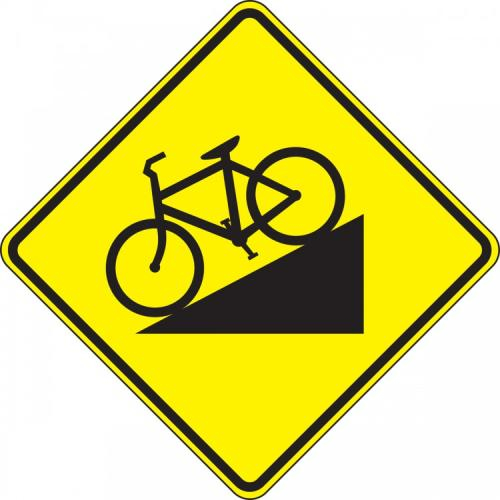
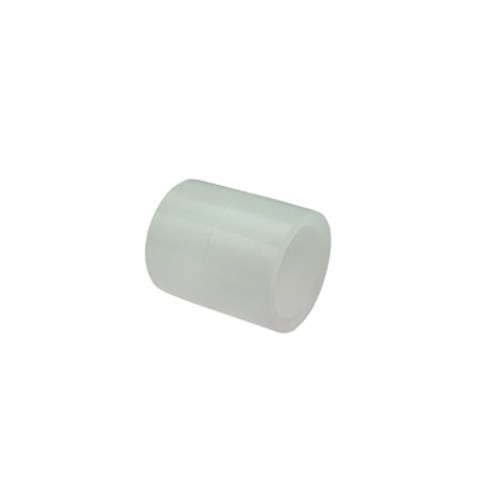

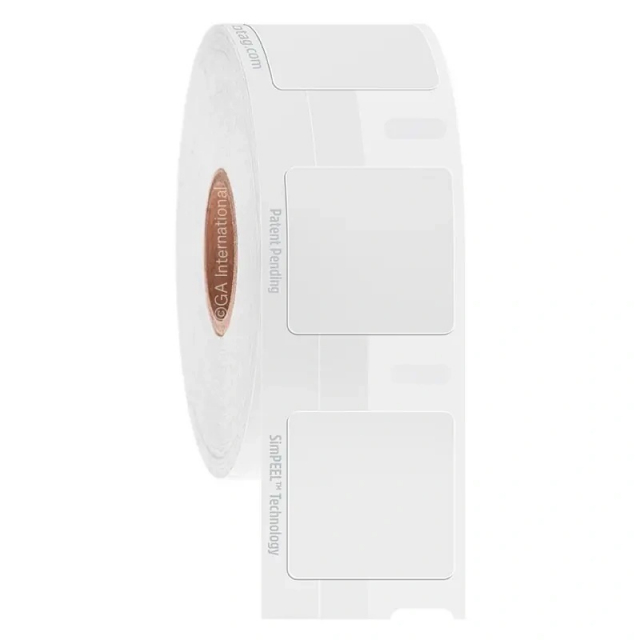
))/2397433.json)

